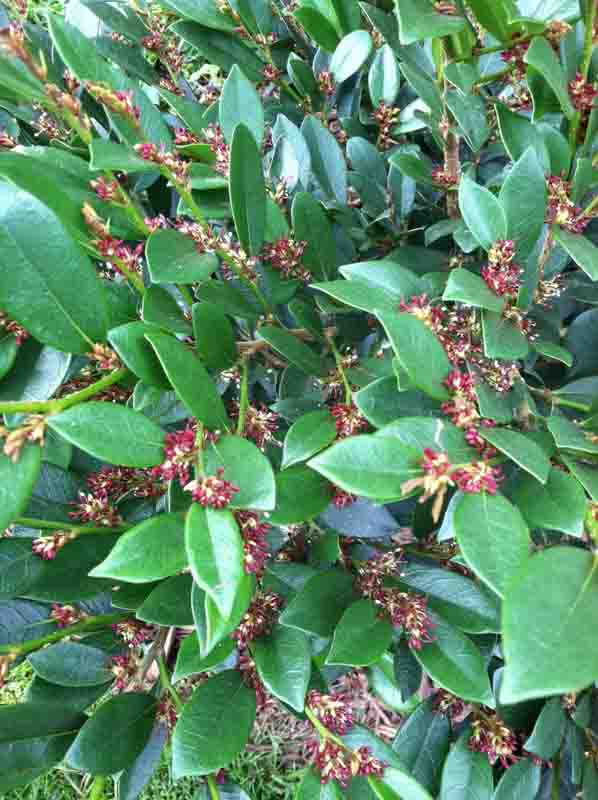Distylium
Distylium, a relatively lesser-known yet increasingly popular evergreen shrub, is making its mark in the landscaping world for its versatility and resilience. Thanks to their robust nature, they are an outstanding substitute for traditional shrubs like laurels, junipers, hollies, Indian hawthorns, and boxwoods.
Habit: Distylium plants typically exhibit a compact, rounded to spreading growth habit, depending on the cultivar. They are characterized by their dense, fine-textured foliage, which covers the plant in layers of small, leathery leaves. This growth pattern makes them excellent for creating full-bodied, lush appearances in garden settings.
Hardiness: Distylium is notably hardy, generally thriving in USDA zones 7-9. These shrubs are adaptable to a range of environmental conditions, showing a high tolerance for heat, humidity, and, once established, drought. Their resilience makes them a reliable choice for varied landscapes, especially in temperate to warmer climates.
Flowers and Bloom Time: Distylium produces small, inconspicuous flowers, typically reddish-maroon. These blooms appear in late winter to early spring, providing subtle interest when few other plants are in flower.
Uses: Due to their dense growth and evergreen nature, Distylium shrubs are ideal for various landscaping uses. They are commonly employed in foundation plantings, hedges, and privacy screens. Their adaptability also makes them suitable for mass plantings and mixed borders. Some compact cultivars are even used in container gardens.
Benefits: Besides their ornamental value, Distylium shrubs offer several ecological benefits. They are low-maintenance, requiring minimal care once established. They also provide habitat and some food sources for wildlife, especially during their blooming period. Furthermore, their adaptability to various soil types, including those less fertile, makes them a practical choice for challenging landscape conditions.

